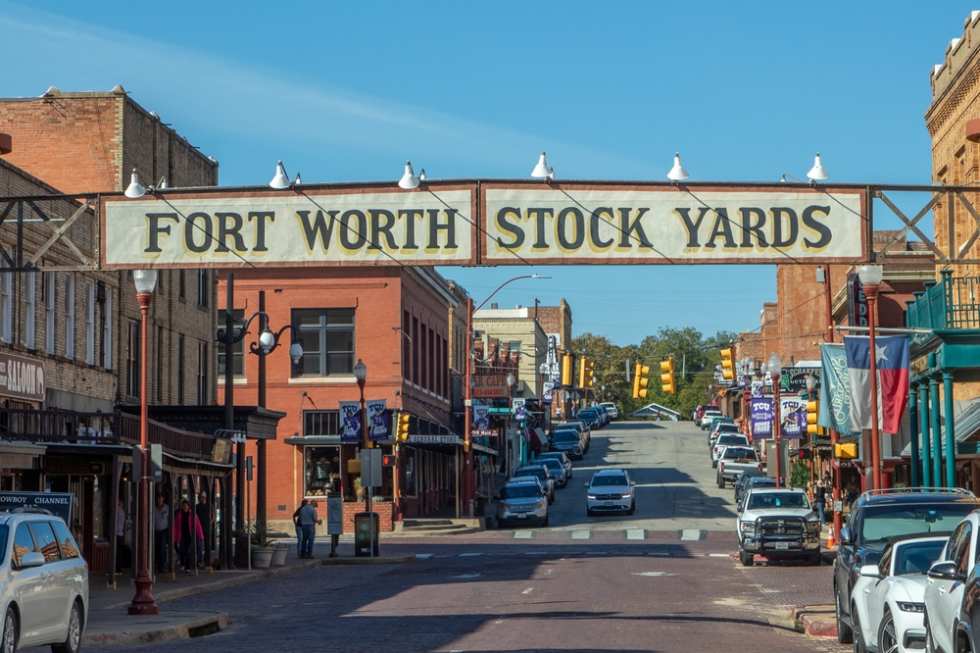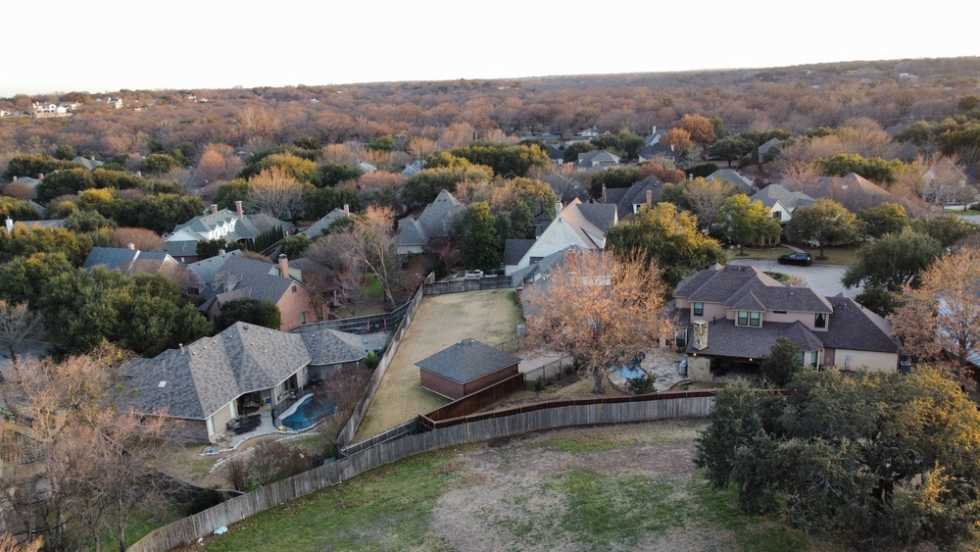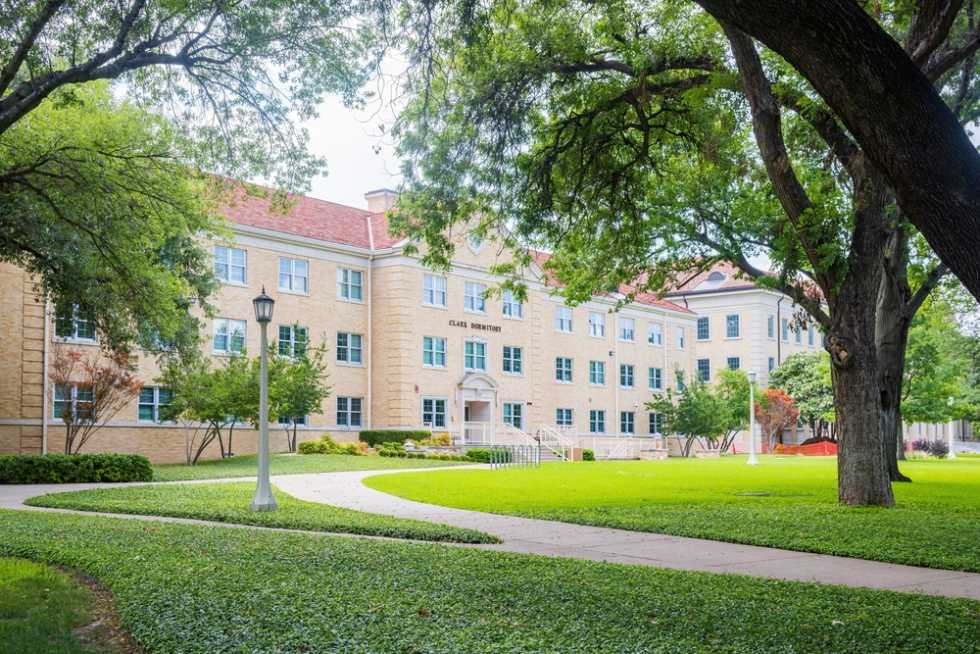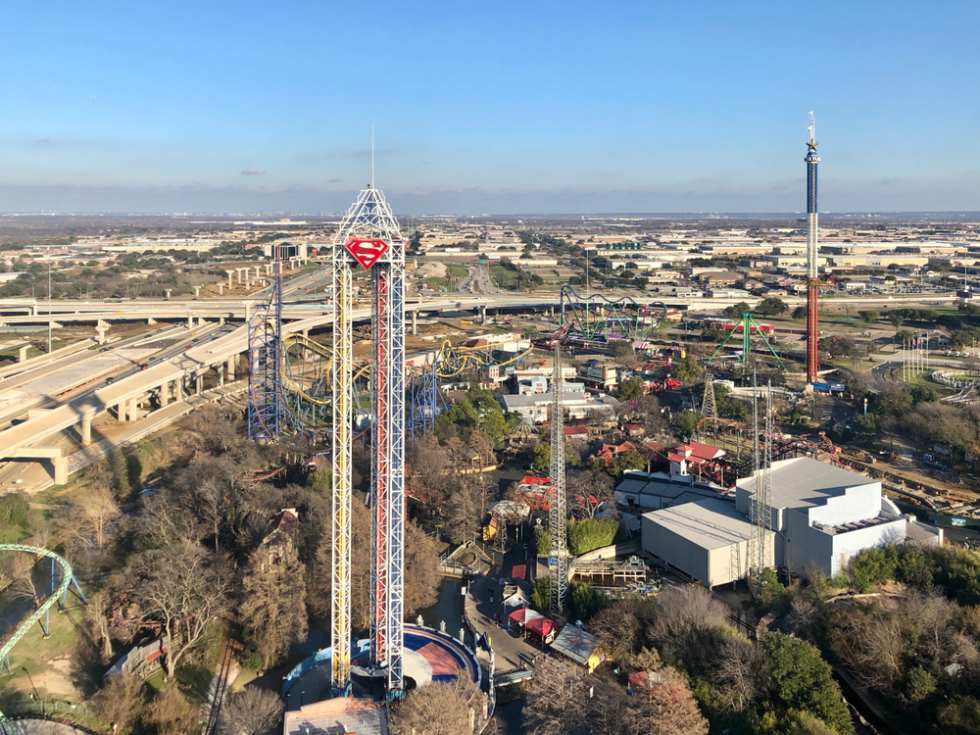Deco
- 91 units available
- 1 bed • 2 bed
- Amenities
In unit laundry, Patio / balcony, Hardwood floors, Pet friendly, Garage, Recently renovated + more

Yes, Fort Worth has walkable neighborhoods where you can ditch the car and still get to groceries, restaurants, and parks on foot. While the city is known for its sprawling layout and car-centric culture, pockets like Downtown Fort Worth and West 7th earn Walk Scores well above the city average, thanks to dense amenities, connected sidewalks, and plenty of transit options.
Whether you’re a student at TCU, a professional craving a shorter commute, or someone who just wants to grab coffee without jumping in the car, these Fort Worth neighborhoods deliver foot-friendly living.
Backed by walkability data and real-life renter insights, here are the best walkable neighborhoods in Fort Worth to explore in 2025.
| City | Walk Score |
|---|---|
| Bluebonnet Place | 82 |
| West Beyer | 72 |
| Cultural District | 72 |
| Texas Christian University | 71 |
| Scenic Bluff | 68 |
| Downtown Fort Worth | 66 |
| Arlington Heights | 65 |
| Ridglea | 65 |
| Wedgwood | 57 |
| Ryanwood | 51 |

Fort Worth isn’t known for being a walker’s paradise, but pockets of it are surprisingly walkable. The city’s overall Walk Score is 35, making it generally car-dependent, especially in sprawling suburban areas. But that number doesn’t tell the whole story.
Neighborhoods like Bluebonnet Place (Walk Score: 82), West Beyer (72), and Downtown Fort Worth (66) offer genuine car-light or car-free living, with groceries, restaurants, parks, and even transit within reach. In those areas, it’s absolutely possible to live on foot.
In recent years, Fort Worth has expanded sidewalks, improved bike lanes, and invested in walkable mixed-use areas like Clearfork and the Near Southside. While most of the city still relies on cars, a growing number of neighborhoods are bucking that trend, offering denser housing, better pedestrian access, and local essentials within walking distance.
Parts of Fort Worth are becoming more bike-friendly, but the city overall still has work to do. While neighborhoods like Cultural District and Bluebonnet Place boast bike scores in the 60s and 70s, much of the city still lacks fully connected and protected bike lanes.
That said, Fort Worth has made real strides. The Trinity Trails system offers over 100 miles of scenic, car-free routes along the river, connecting areas like Downtown, Clearfork, and the Stockyards. These trails are a huge win for recreational and commuter cyclists.
As one Redditor put it: “Trinity Trails may be the best thing about Fort Worth.”
Still, biking on city streets, especially outside of these core areas, can be challenging.
Plus, the Fort Worth Bike Sharing program was discontinued in December of 2024 with no signs of reopening. While Fort Worth isn’t Portland yet, renters here can only hope that it’s headed in a more pedal-powered direction.
Yes, Fort Worth is largely car-dependent. According to the Data USA, nearly 83% of Fort Worth residents commute by car, while barely 1% use public transportation. While a few neighborhoods like Downtown Fort Worth and Bluebonnet Place offer walkable, bikeable alternatives, most of the city still requires a vehicle to get around.
Vehicle ownership in Fort Worth remains robust: U.S. Census data shows the average household owns about 1.83 cars, roughly on par with the national average. The city’s spread-out geography makes driving the default for daily errands, commutes, and even short trips.
One Reddit user put it bluntly: “You could get by [without a car] if you do grocery delivery, mainly online shopping. Don’t depend on much/any public transit in DFW though.”
That said, Fort Worth is investing in multi-modal transportation, with improvements to Trinity Metro, park-and-ride lots, and expanded bus service in high-growth areas. Projects like TEXRail, connecting Downtown to DFW Airport, are helping reduce the city’s car reliance, but for now, owning a vehicle is still the norm for most Fort Worth renters.
While Fort Worth is generally car-dependent, several areas have walkability, local charm, and access to daily essentials without a car. Whether it’s a quick walk to campus, dinner, or the local park, these areas offer sidewalk-connected living that breaks from the city’s sprawling norm.
From college-adjacent pockets like Bluebonnet Place to culture-rich areas like the Cultural District, these are the best neighborhoods in Fort Worth for renters who’d rather walk than drive.
Note: We used internal data and cross-referenced with neighborhood data from Apartments.com and Zumper.com to give you the most accurate snapshot of rents across Fort Worth as of July 2025.
Just south of TCU, Bluebonnet Place is Fort Worth’s most walkable neighborhood, thanks to dense student housing, grocery access, and the nearby Bluebonnet Circle commercial strip.
Walk to bars, coffee shops, restaurants, and even the university without needing a car. While it’s a hotspot for students, professionals and families also enjoy the area’s mature trees, well-lit sidewalks, and access to biking trails.
With a moderate Bike Score and frequent buses along University Drive, Bluebonnet Place offers rare walk-and-ride convenience in an otherwise car-heavy city. If you’re looking for a Fort Worth neighborhood where you can comfortably live without a car, this is as close as it gets.

Tucked just north of Paschal High School, West Beyer is a compact neighborhood with solid walkability and access to key essentials. Walk to local markets, quick-service restaurants, and coffee shops within minutes, or hop on nearby bus routes along Berry Street.
Though it doesn’t have the nightlife buzz of West 7th, West Beyer offers quieter residential blocks and easier access to schools and parks. Sidewalks are consistent, and there’s growing interest in making this area more bike- and pedestrian-friendly. It’s a great pick for renters who want a central location without being in the middle of the downtown action.
Fort Worth’s Cultural District is walkable with world-class museums, parks, and entertainment. Anchored by the Kimbell Art Museum, Modern Art Museum, and Will Rogers Memorial Center, it’s ideal for renters who want pedestrian access to both beauty and activity.
You can stroll to restaurants, events, and the sprawling Trinity Trails system. While the area doesn’t have extensive transit coverage, it earns points for protected bike lanes and pedestrian-focused redevelopment projects. Whether you're commuting by bike, on foot, or just enjoying the vibe, the Cultural District is a top choice for walkability and lifestyle.
The TCU neighborhood thrives on walkability thanks to its student-focused layout. From on-campus eateries to bookstores, bars, and nearby groceries, most essentials are within a 10-minute walk. The campus itself is beautifully designed for pedestrians, with wide sidewalks and low-speed streets that encourage walking over driving.
Bike lanes on University Drive and trail connections make it easy to get around without a car. Plus, regular bus service connects students and locals to other parts of Fort Worth. If you’re renting in Fort Worth and want a walkable environment with youthful energy, TCU is a smart pick.

Overlooking the Trinity River, Scenic Bluff offers moderate walkability with some of the best green-space access in the city. The neighborhood’s layout includes established sidewalks and pedestrian paths leading to Riverside Park and the Trinity Trails.
While grocery and retail options are limited compared to central Fort Worth, Scenic Bluff is great for active renters who prioritize outdoor space and bikeability. Its proximity to downtown and major roadways also makes it ideal for commuters. Bonus: the river views don’t hurt either. It’s a quiet gem for those seeking balance between walkable recreation and peaceful residential living.
Downtown Fort Worth is the city’s original pedestrian powerhouse. You can walk from your apartment to the convention center, Sundance Square, grocery stores, and dozens of bars and restaurants, all within a few well-maintained blocks.
The area has excellent lighting, clean sidewalks, and frequent transit via Trinity Metro and TEXRail. You’ll also find e-bike and scooter rentals scattered throughout downtown, which adds to its commuter-friendliness.
For anyone working nearby or craving an urban experience without relying on a car, Downtown Fort Worth delivers big-city walkability in a smaller, more manageable footprint.
Arlington Heights is a charming, walkable enclave just west of the Cultural District, known for its quiet, tree-lined streets and mix of historic homes and rentals. The neighborhood offers walkable access to bakeries, coffee shops, and small markets, plus it's a quick stroll to Camp Bowie Boulevard, one of Fort Worth’s most exciting retail and dining corridors.
While transit access is limited, biking is increasingly popular here, and the area's well-maintained sidewalks make daily walks safe and pleasant. For renters who want a balance of charm, walkability, and peace, Arlington Heights is a strong contender.

Ridglea, more specifically Ridglea North and South, has emerged as one of the more walkable pockets of western Fort Worth. Anchored by the historic Ridglea Theater and its surrounding shops and eateries, this area gives residents easy walking access to groceries, coffee spots, and family-owned restaurants.
Sidewalks are wide and shaded, and the neighborhood has a close-knit feel. Transit options are modest, but the proximity to Camp Bowie Boulevard and the Clearfork Trail makes it appealing for bike commuters. If you value charm and quiet convenience, Ridglea is an underrated walkable choice.
Located in southwest Fort Worth, Wedgwood is a primarily residential neighborhood that’s starting to see pockets of walkability emerge. While it’s more spread out than other areas on this list, renters here can walk to parks, schools, and a handful of grocery stores and restaurants, especially near McCart Avenue.
Sidewalks are being improved in select zones, and several community hubs (like churches and local cafes) provide focal points for pedestrian traffic. If you're looking for suburban-style living with some walkable anchors, Wedgwood is a solid middle ground.
Ryanwood is on Fort Worth’s east side, and offers some of the most affordable rentals in the city. It also has a surprisingly decent Walk Score to go with them. You’ll find walkable access to essentials like dollar stores, gas stations, and small markets, with improving sidewalk infrastructure in residential zones.
The area isn’t known for nightlife or cafes, but proximity to highways and open green space gives it functional value. For budget-conscious renters who want basic walkability and a short drive to the rest of Fort Worth, Ryanwood checks a lot of practical boxes.
Yes, Fort Worth may lean car-dependent overall, but these 10 neighborhoods prove you can still live a walkable lifestyle in Cowtown. Whether you’re commuting from Downtown, biking the Trinity Trails, or grabbing coffee near TCU, these areas offer a more connected, convenient way to rent.
When you’re ready to find a neighborhood that fits your lifestyle, take Apartment List’s personalized quiz. It matches you with pet-friendly, walkable, and budget-aligned listings in minutes. Smarter search, fewer trade-offs.
Bluebonnet Place takes the top spot with a Walk Score of 82. Located near TCU, it offers easy access to parks, coffee shops, local eateries, and campus resources.
Yes, but it depends on the neighborhood. Downtown Fort Worth, Bluebonnet Place, and the Cultural District offer walkable streets, bike access, and nearby bus routes that make car-free living doable.
The Cultural District and Arlington Heights stand out, thanks to proximity to the Trinity Trails system and wide, bike-friendly roads.
Trinity Metro covers much of central Fort Worth, including Downtown and the TCU area, but service can be limited outside of core neighborhoods. Most walkable areas do offer decent bus access.
Safety varies by block, but areas like Downtown, the Cultural District, and West Beyer are generally well-lit and see regular foot traffic in the evenings. Still, it's smart to stay aware and stick to main thoroughfares when walking late.

In unit laundry, Patio / balcony, Hardwood floors, Pet friendly, Garage, Recently renovated + more
In unit laundry, Hardwood floors, Pet friendly, Garage, Stainless steel, Walk in closets + more